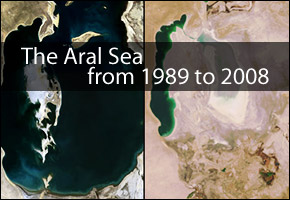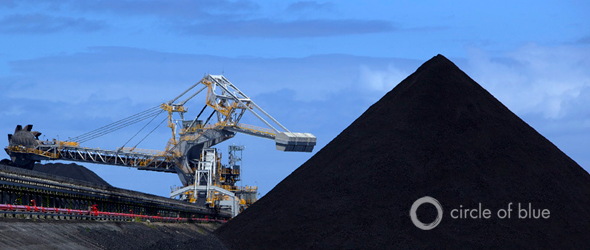Dry Reservoir Leaves Tampa One Day of Water
TAMPA, Florida — A stagnant layer of unpotable water is all that remains of Tampa’s Bill Young Reservoir, a major source for the city. What little is left, managers say, may be impossible to extract.
The empty reservoir marks a dangerously defining moment for Tampa. The reservoir, with a capacity of 15 billion gallons across 1,100 acres, now holds but a single day of water for the growing Florida city.
“From a water supply standpoint, it is, in effect, empty,” Tampa Bay Water general manager Gerold Seeber told local newspapers.
The emergency does not come as a surprise to officials, however. They have long been predicting the crisis. In February David Moore, the executive director of the Southwest Florida Water Management District, forecasted “an extreme water shortage.”
“The Bill Young Reservoir is going to be empty in two or three weeks. Our two major rivers are at historic lows for this time of year,” he said. The district’s board, however, voted against stringent restrictions to forestall the inevitable.
Tampa’s empty reservoir is a severe reminder of a much deeper problem. The seaside city has been over-pumping its groundwater for years, says Heather Cooley, a researcher for water think-tank the Pacific Institute and author of an in-depth study on Tampa’s search for water.
“With groundwater you can extract a certain amount and recharge. It’s an important reservoir in that sense. But if you take too much out of it, you can do long term damage and the aquifer actually starts to collapse,” Cooley explains. “You can also start to pull in saline water, particularly in Florida. They’re close to the ocean. That can also destroy your aquifer.”
Tampa’s search for alternative sources has proven costly and unproductive. In the 1990s, Tampa began building a desalination plant, hoping to relieve pressure from groundwater and pull in an extra 25 million gallons daily from the ocean. The Tampa plant became operational in December of 2007, but has been expensive and environmentally problematic.
“Desalination may be a part of a water supply portfolio for a community, but it’s not a silver bullet. It’s simply not going to solve all of our regional water woes,” Cooley tells Circle of Blue.
“There is research aimed at reducing the cost and reducing the energy intensity, but the fact of the matter is that it’s still among the most expensive water supply sources available. And then there are also some environmental impacts associated with those plants that really need to be addressed.”
Tampa — with its exploding population, its depleted groundwater, its nearly empty reservoir, and its pricey desalination efforts — exemplifies the need for renewed management policies in water-scarce urban areas.
What’s next for the city? Spokesperson Robyn Felix says the district water management board meets at the end of March to discuss a comprehensive report on “hydrologic conditions.” Further restrictions, however, are not officially on the agenda.
Read more here.
Source: MyFox Tampa










Leave a Reply
Want to join the discussion?Feel free to contribute!